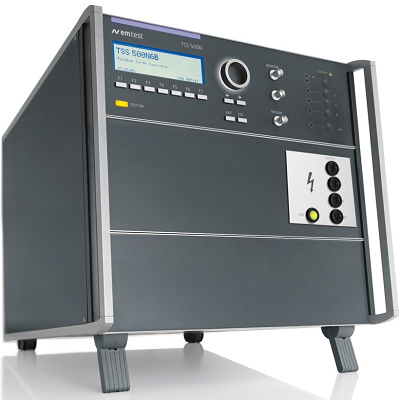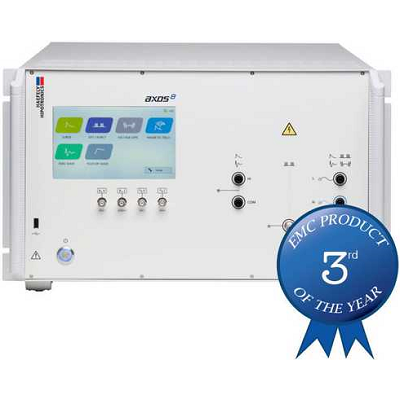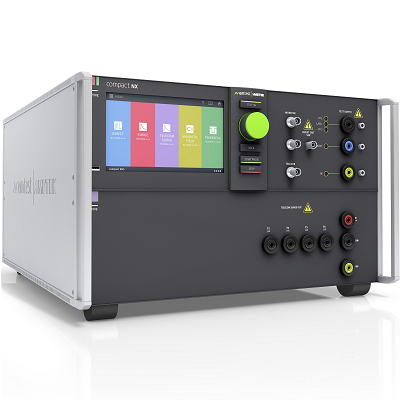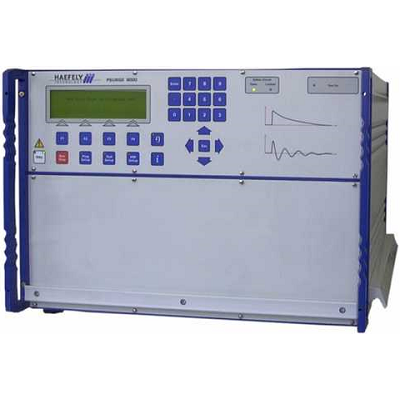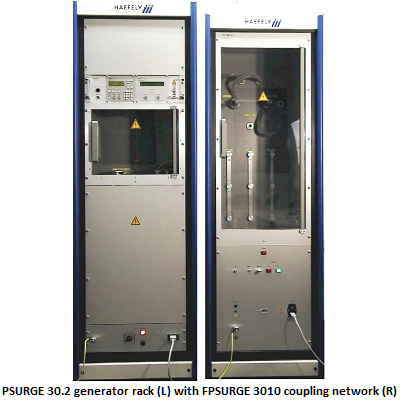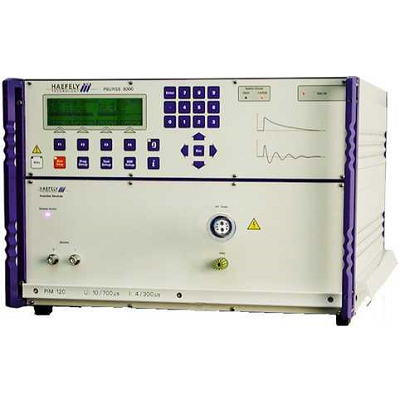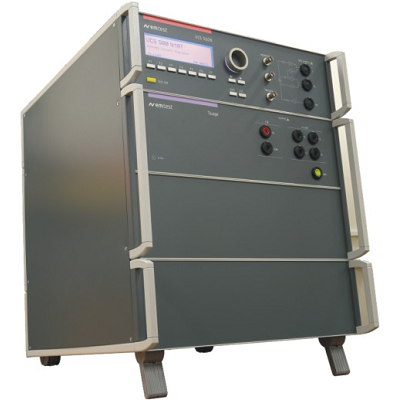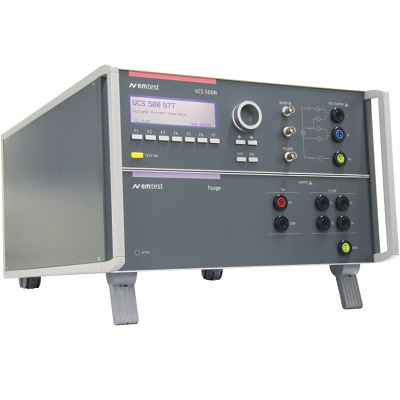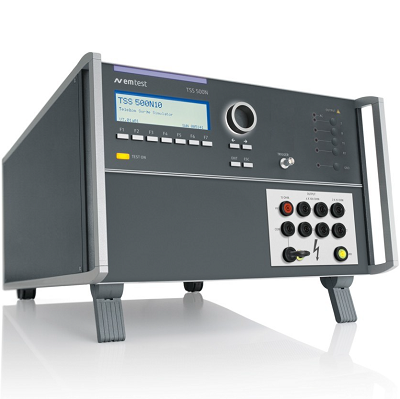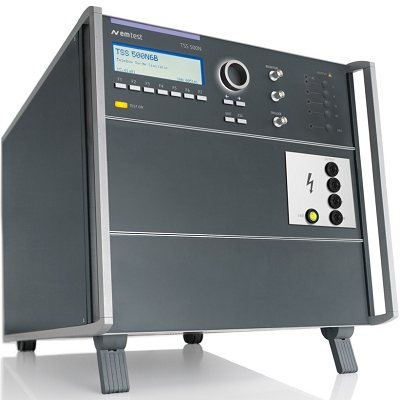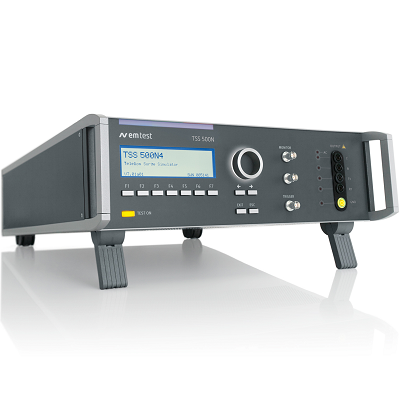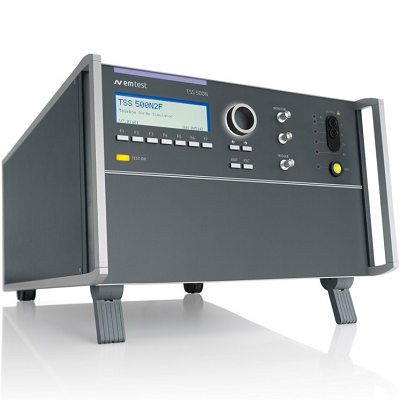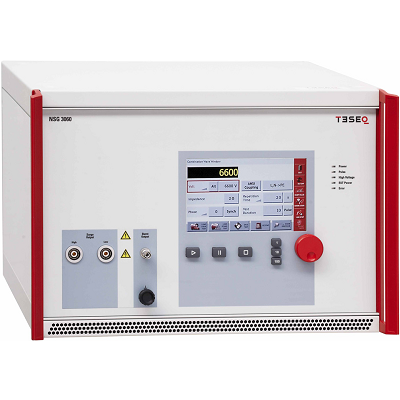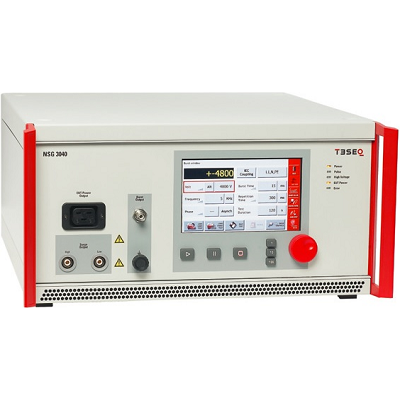Telecom Surge Generators
IEC 61000-4-5: Electromagnetic Compatibility (EMC) - Part 4-5: Testing and Measurement Techniques - Surge Immunity Test When it comes to losses of electrical and electronic equipment, few events can match the destruction caused by lightning and surges (transients). Lightning surges commonly affect the signaling cables of telecom network infrastructure and terminal equipment. Surge types include induced surges caused by nearby lightning strikes. Since microprocessor-based equipment functions with faster operating speeds and lower operating voltage than other equipment, surges and electrical noise classified as non-threatening are significantly more damaging. Standards: Some frequently listed standards include. IEC 61000-4-5: Lightning and industrial surges modeled by IEC 61000-4-5 - Test levels 0.5 kV, 1.0 kV, 2.0 kV, 4.0 kV and X kV - Test circuit and waveform 1.2/50 µs at 2 Ω - Telecommunication lines are exposed to lightning either directly on the equipment or due to induced effect because of ground potential change - In addition to these surges, a telecommunication line may also be disturbed by either power induction or power contact with main AC lines. Depending on the country, these surges have been mainly modeled in: Telecordia GR-1089 - Telecordia GR-1089 core for America with 2/10 µs and 10/1000 µs surge ITU K.20 and .21: Series for the rest of the world with 10/700 µs surges - K20 Test levels 1.0 kV, 1.5 kV, 4.0 kV, 6.0 kV along = 25 Ω resistance - Test circuit and waveform 10/700 µs - K.21 1.5 kV, 4.0 kV, and 6.0 kV along = 25 Ω resistance - Test circuit and waveform 10/700 µs The other standards being followed are: - TIA-968-A/B - UL/EN/IEC 60950-1 - UL497B - YD/T-950-based on ITU K.20 - YD/T-993-based on ITU K.21 Maxim Instruments rents Telecom Surge generators to meet the requirements of these standards.
